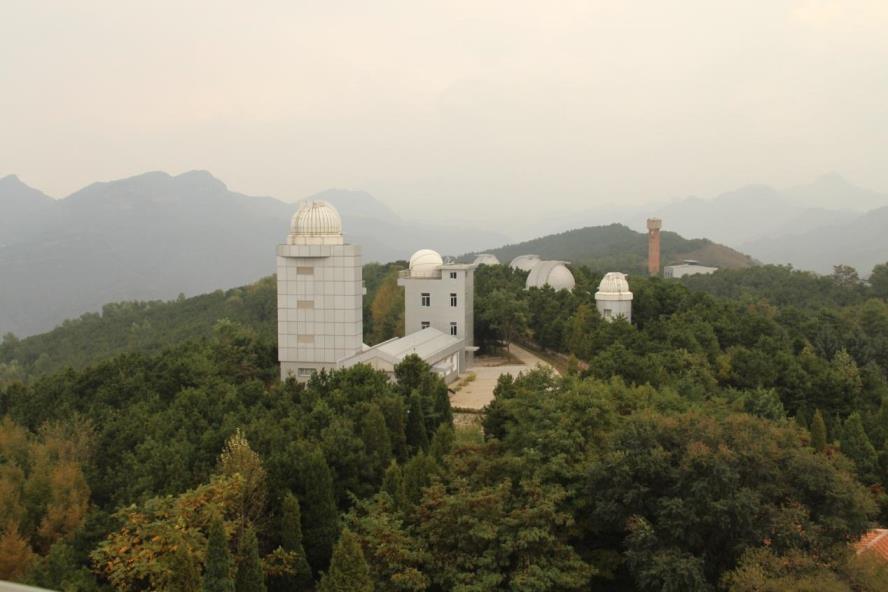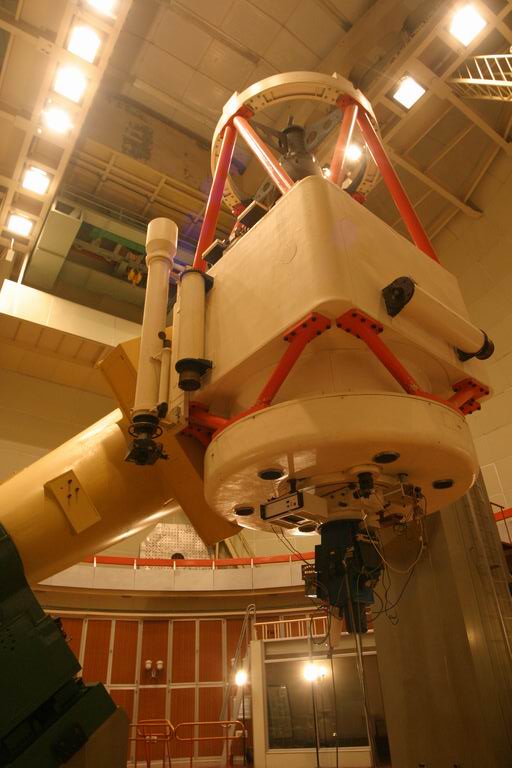Xinglong Observing Station
Xinglong Observatory was founded in 1968, and is one of the primary observatories administered by National Astronomical Observatories, Chinese Academy of Sciences (NAOC). As the largest observatory in the continent of Asia, it contains nine telescopes whose effective apertures are larger than 50 cm.
The average altitude of Xinglong Observatory is ~960m and it is located in the southern part of the Yanshan Mountains in Xinglong county, Hebei province. It is about 150 km northeast of downtown Beijing (~2 hours by car). A regular bus runs back and forth between NAOC and Xinglong Observing Station every Tuesday and Friday.
Every year there are more than 240 clear nights and more than 100 astronomers use the telescopes located at Xinglong Observatory to study stars, galaxies, planets and so on. The staff members at Xinglong Observatory are active in research on new techniques and methods used in observational astronomy.
As an important location for popularization of astronomy in China, Xinglong Observatory provides many practical opportunities for students who are majoring in astronomy to get involved in research. Furthermore, a public observatory has been built for popularizing astronomical knowledge and helping to cultivate interest in astronomy.

The 2.16m telescope is the first 2-meter class astronomical telescope designed and built by astronomers and engineers in China. It won the first-class National Scientific and Technological Progress Award. This telescope is capable of optical imaging and spectroscopic observations. The aperture of the primary mirror is 2.16 meters. It has both Cassegrain and Coude foci. The available instruments include a high resolution fiber-fed spectrograph (HRS), the Beijing Faint Object Spectroscopy and Camera (BFOSC) and the OMR Cassegrain focus Spectrograph.
